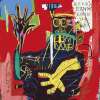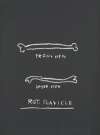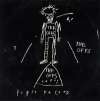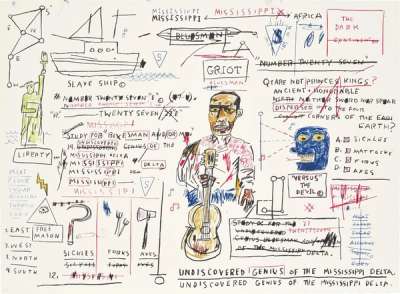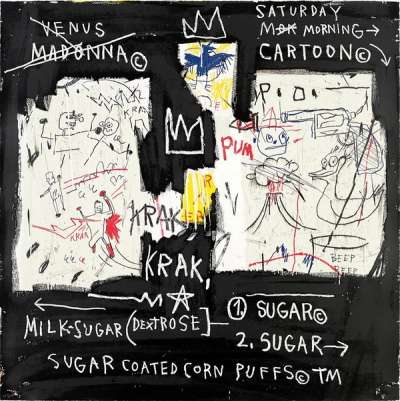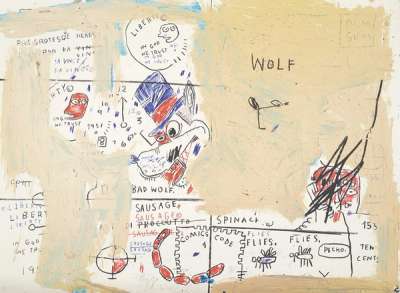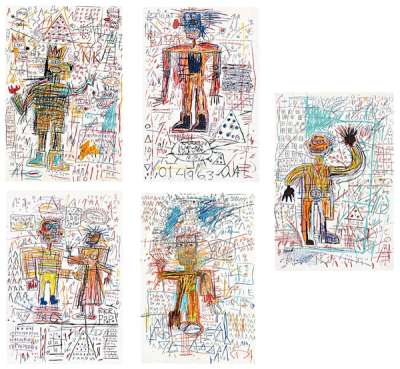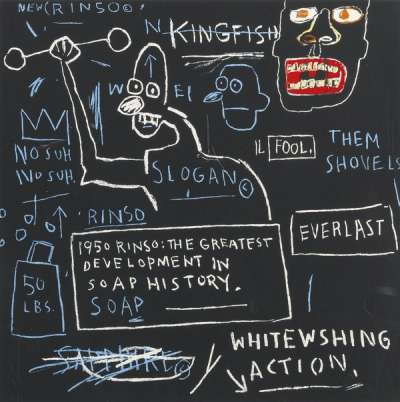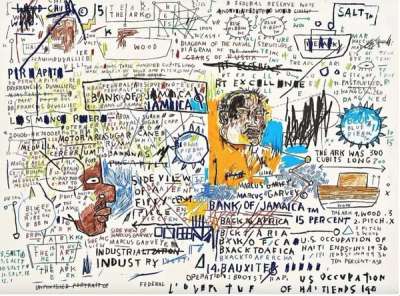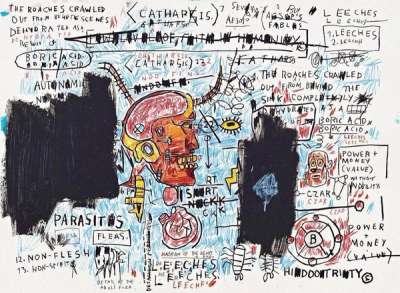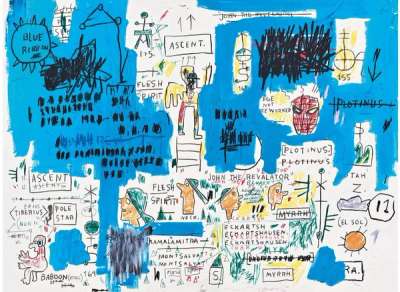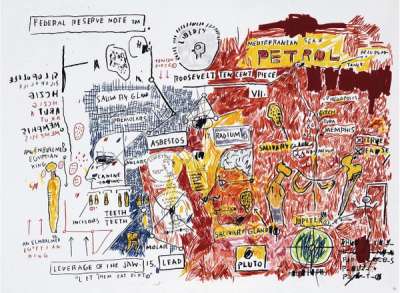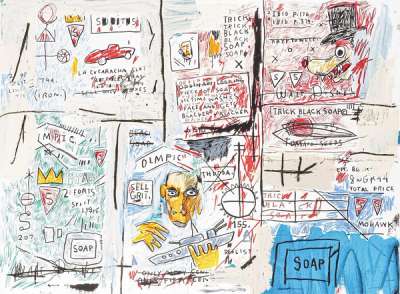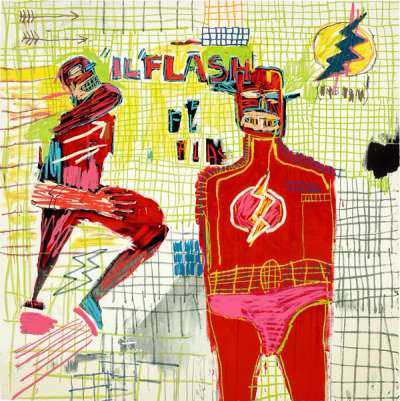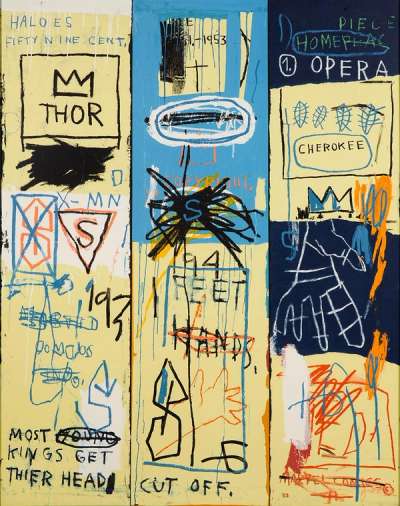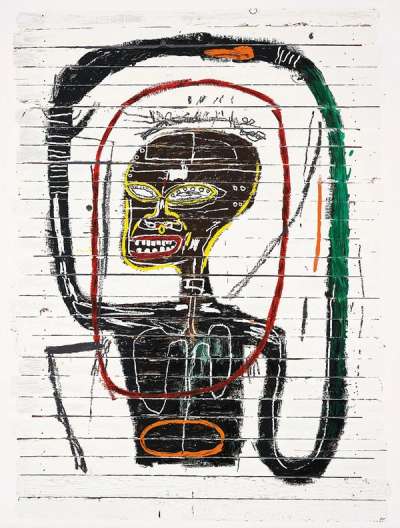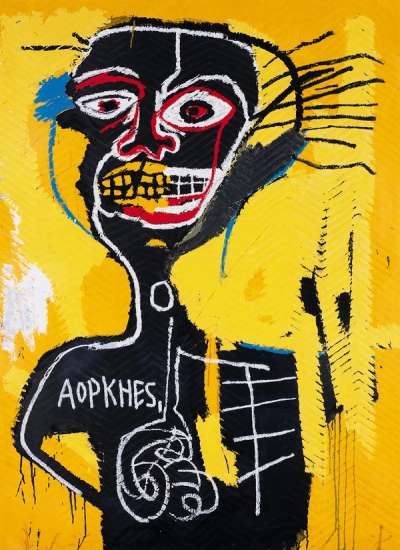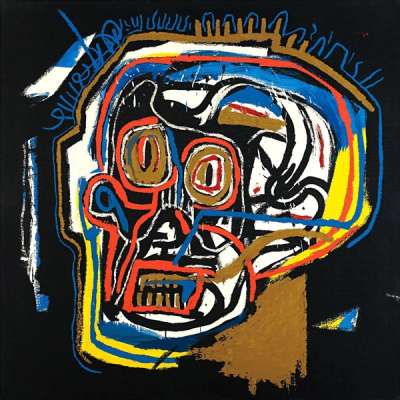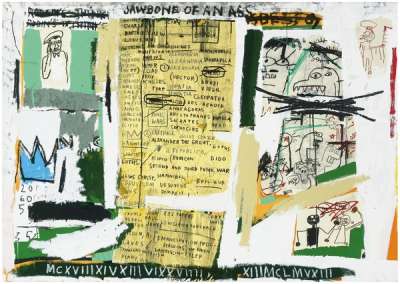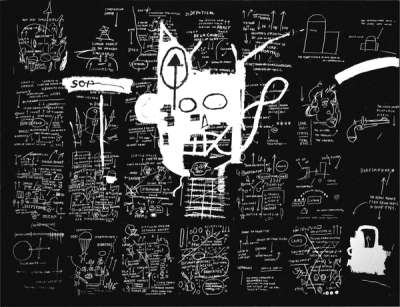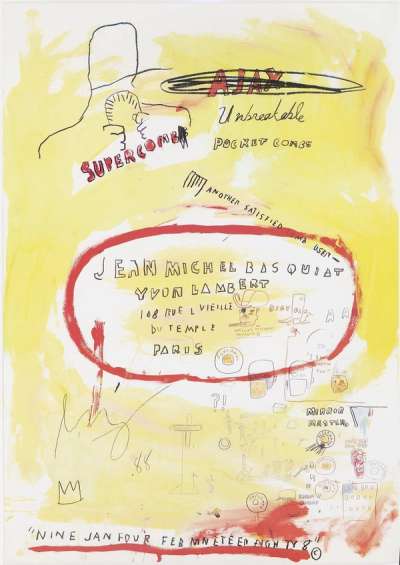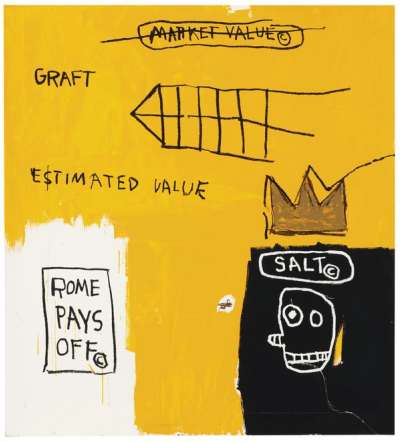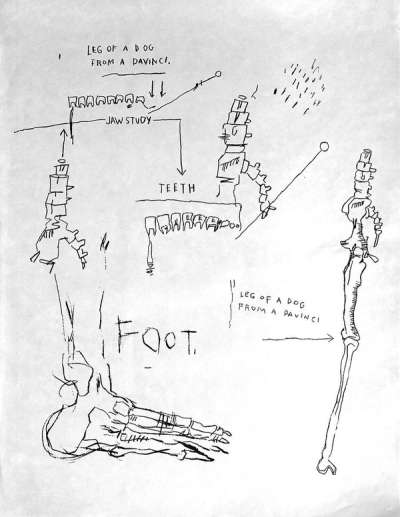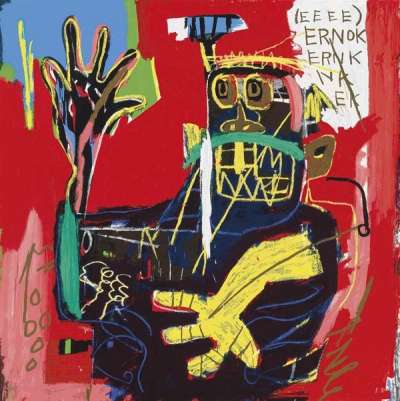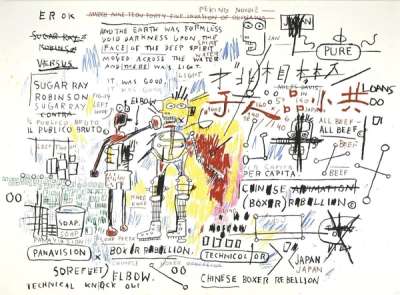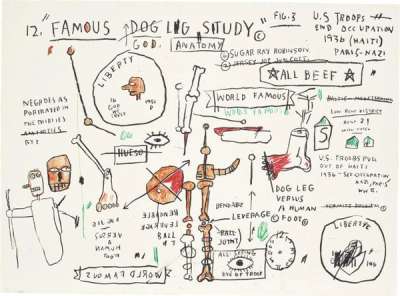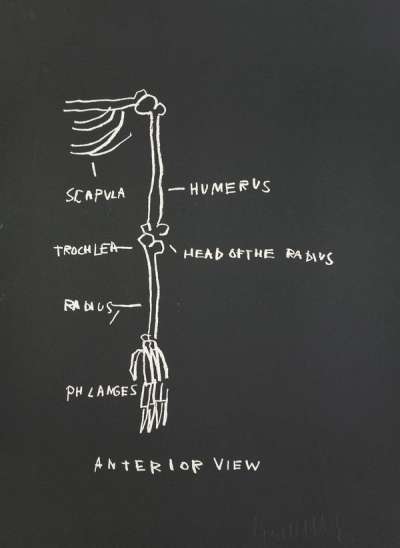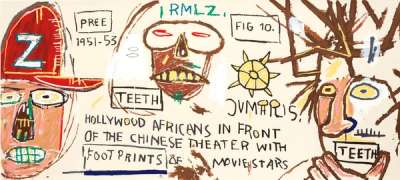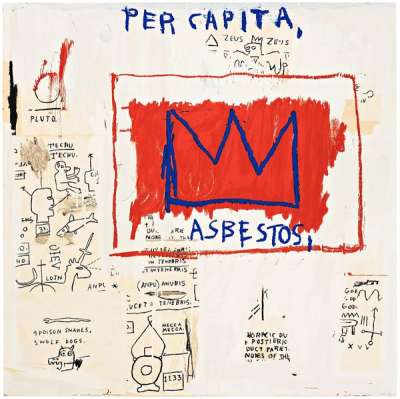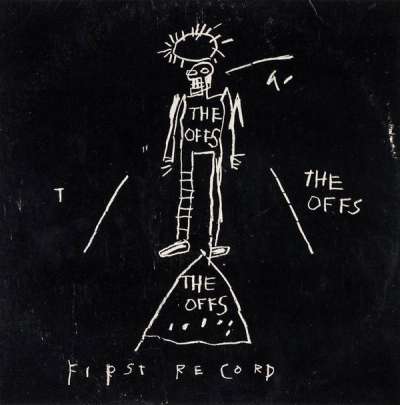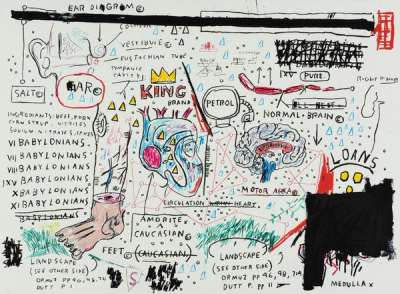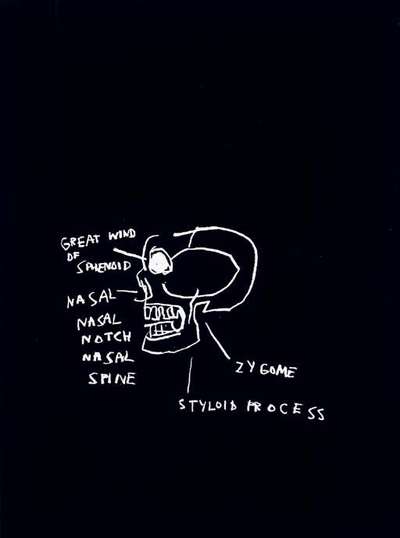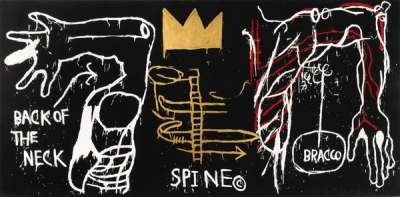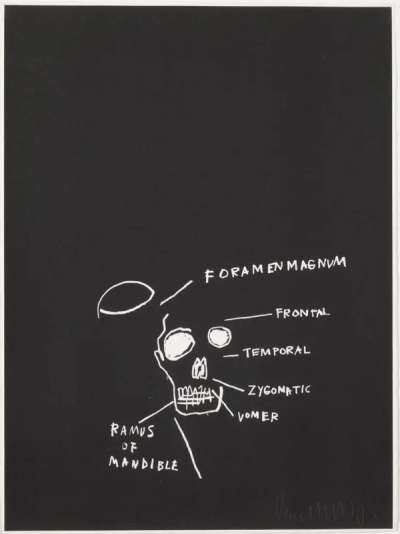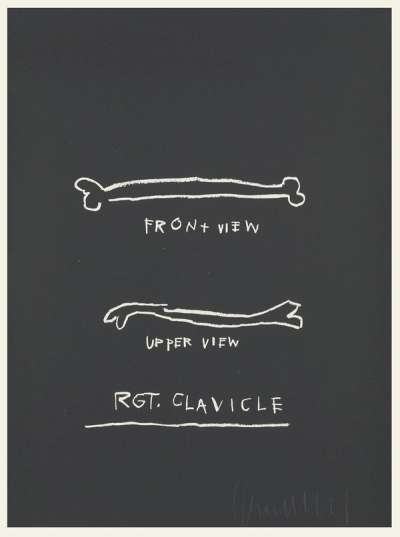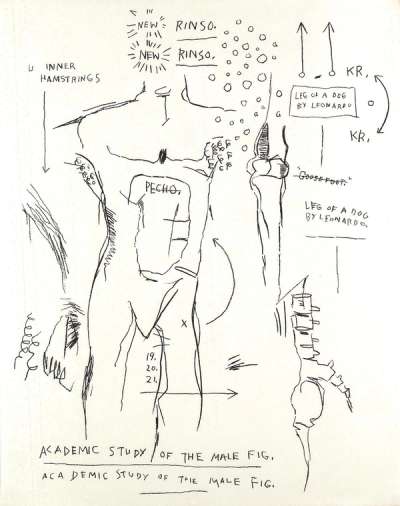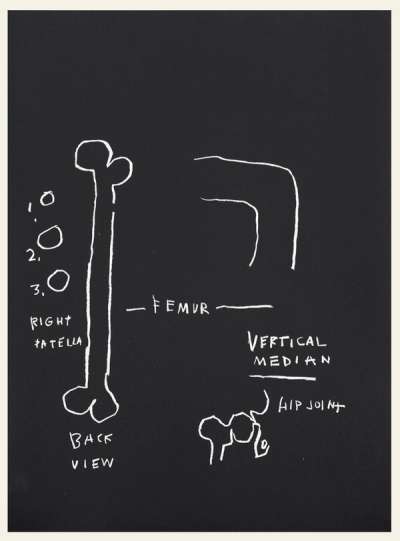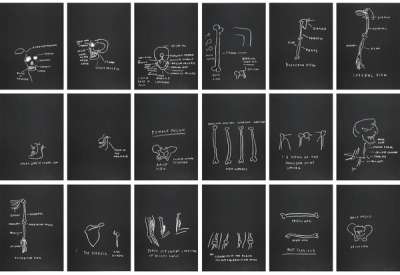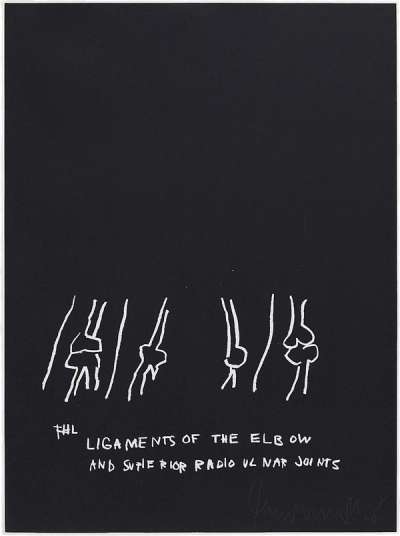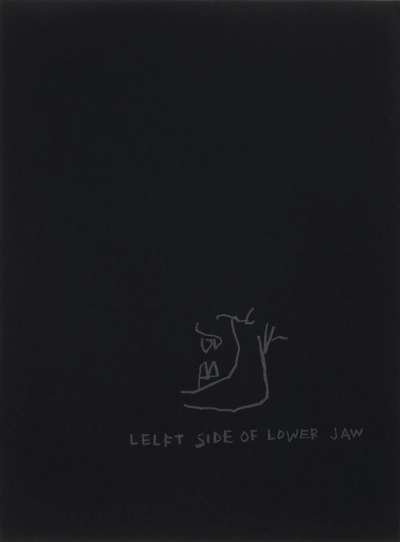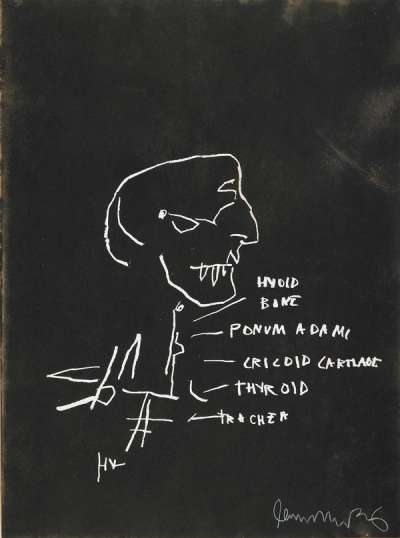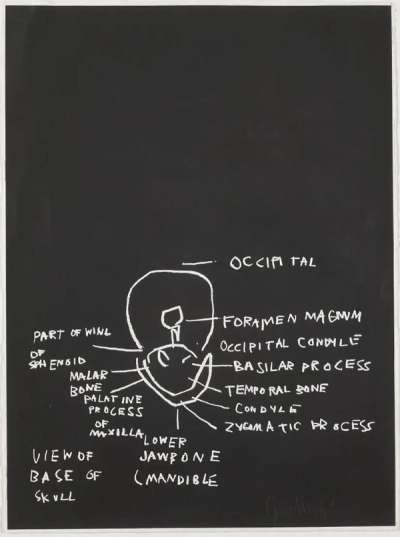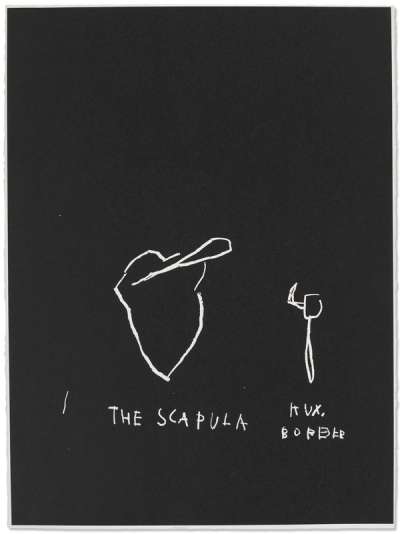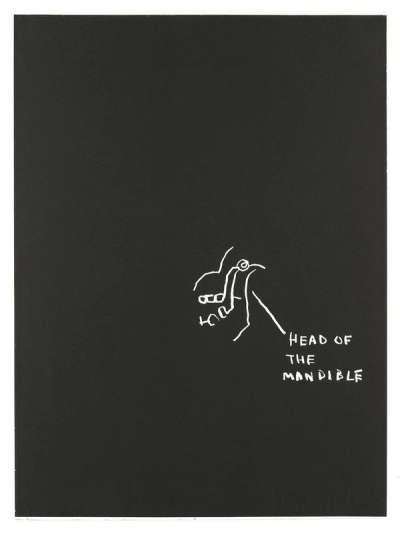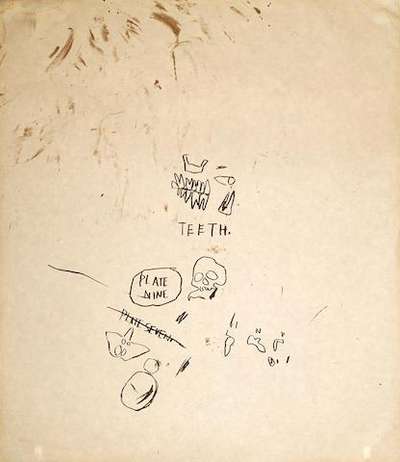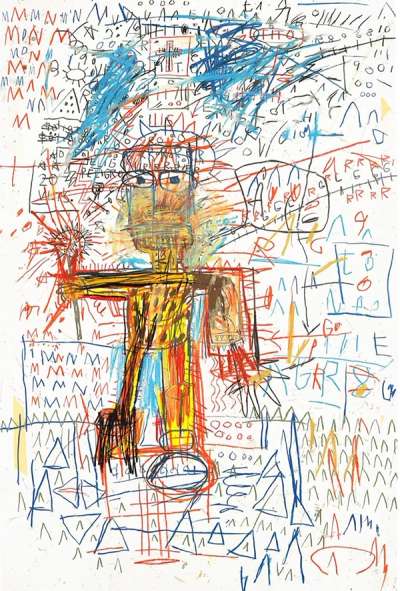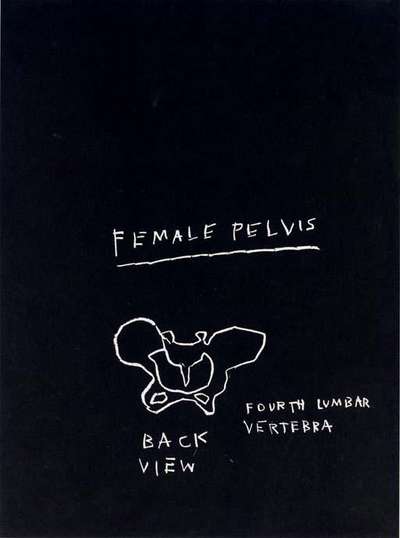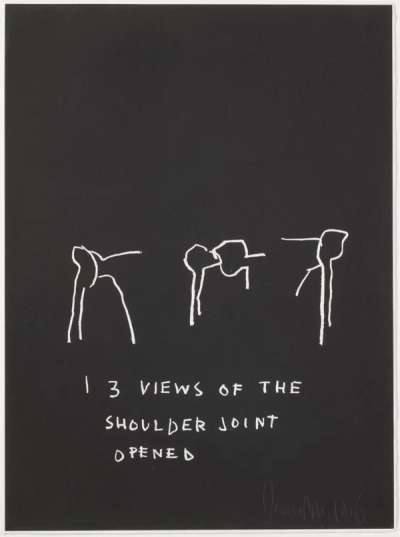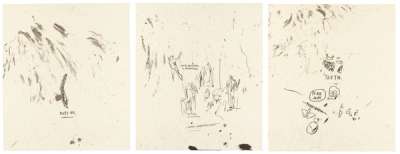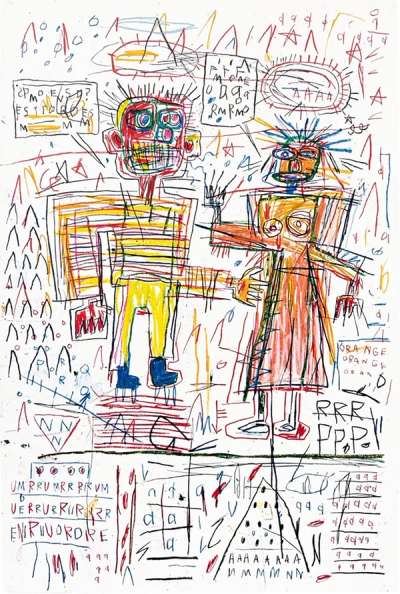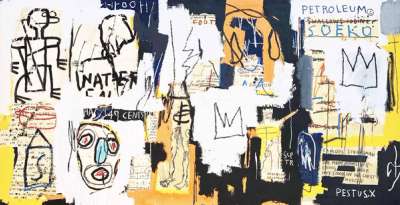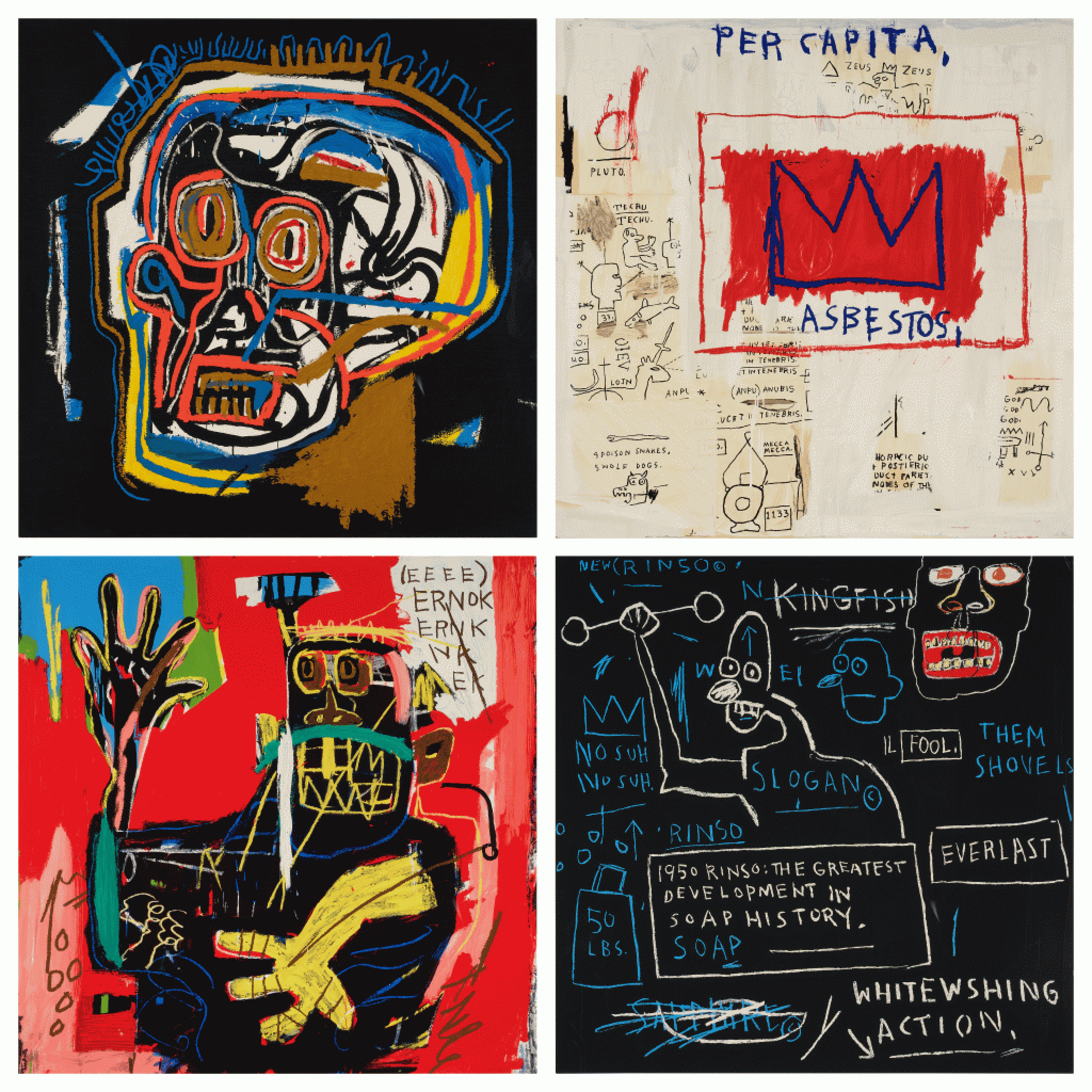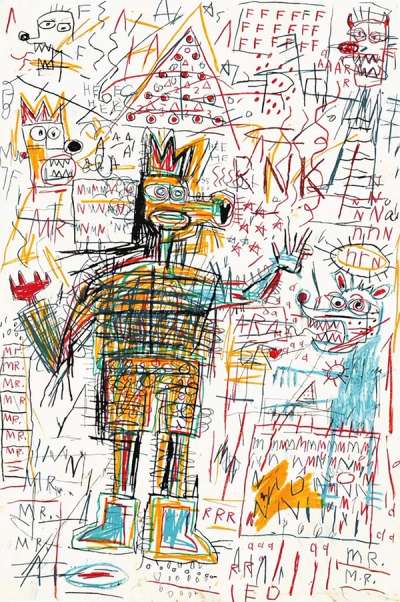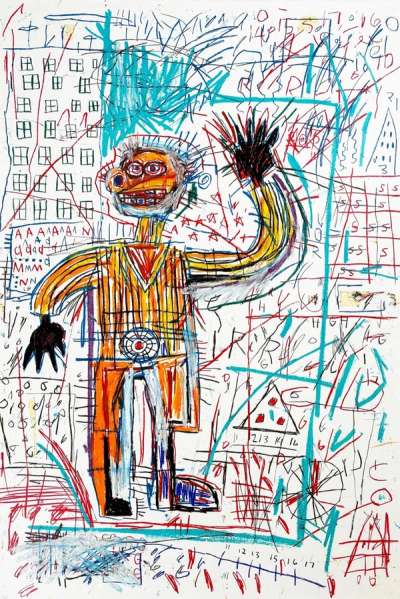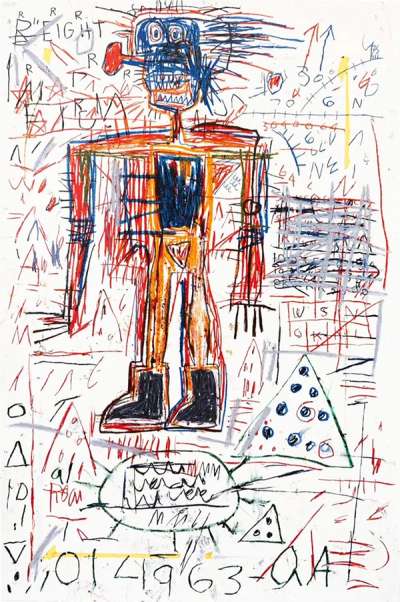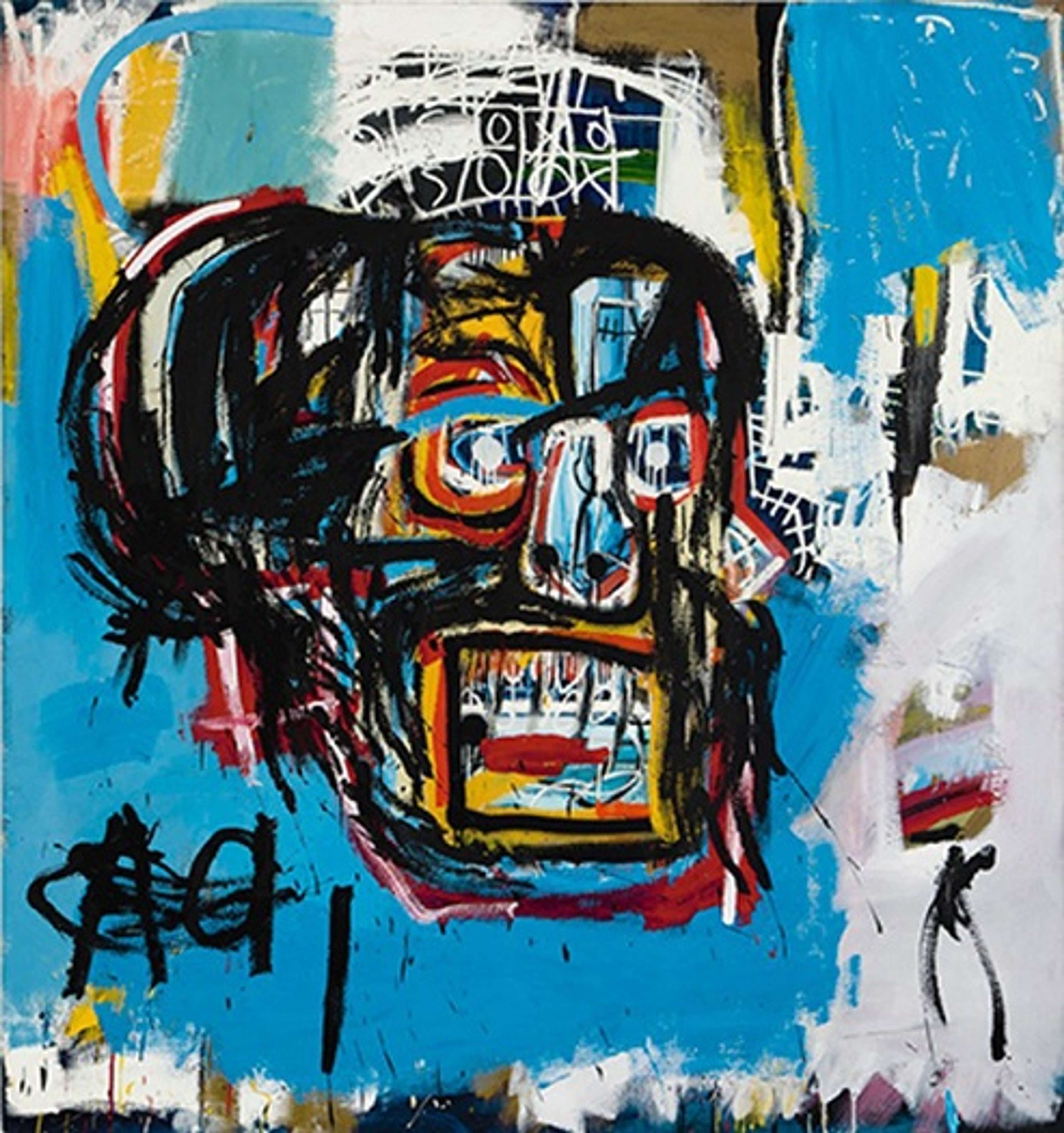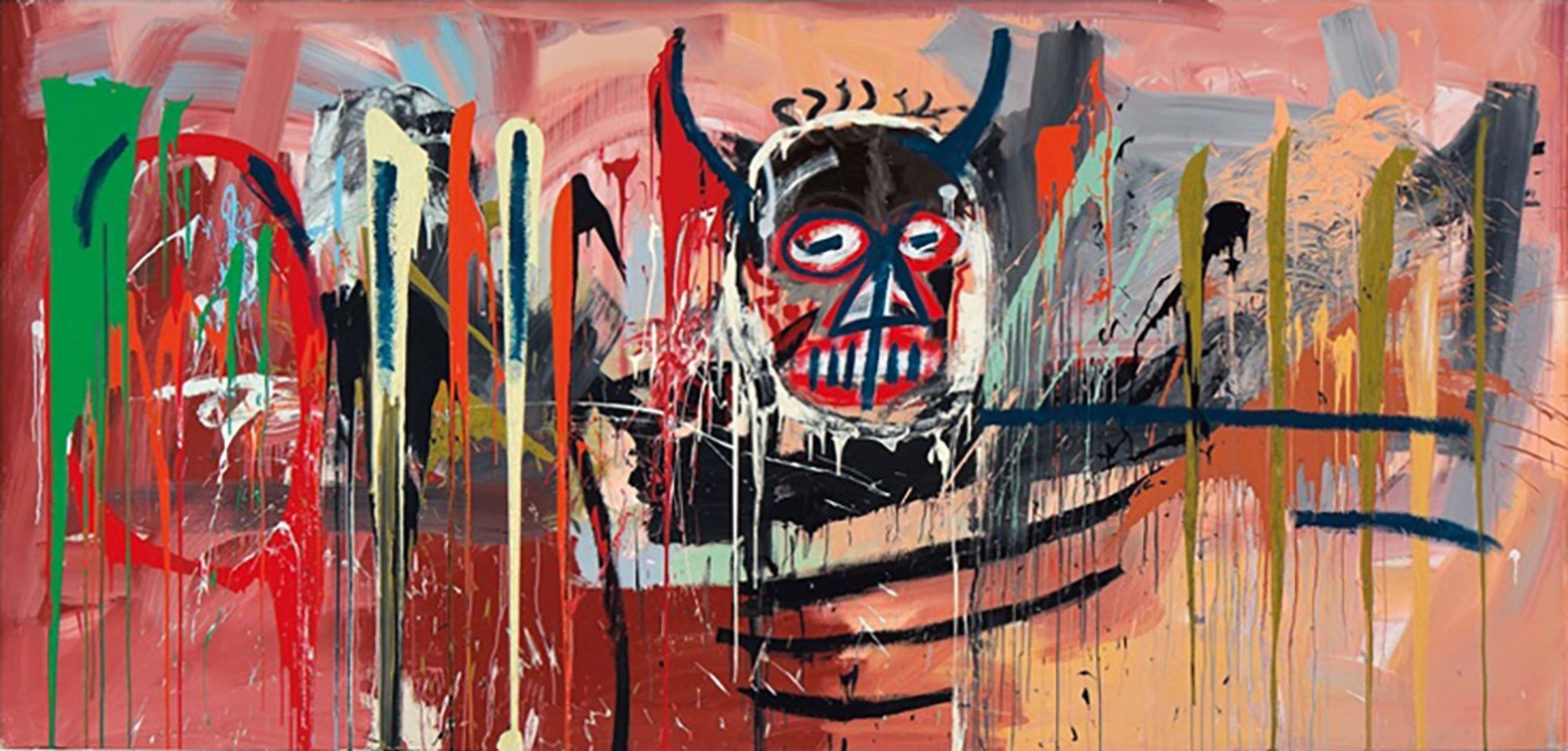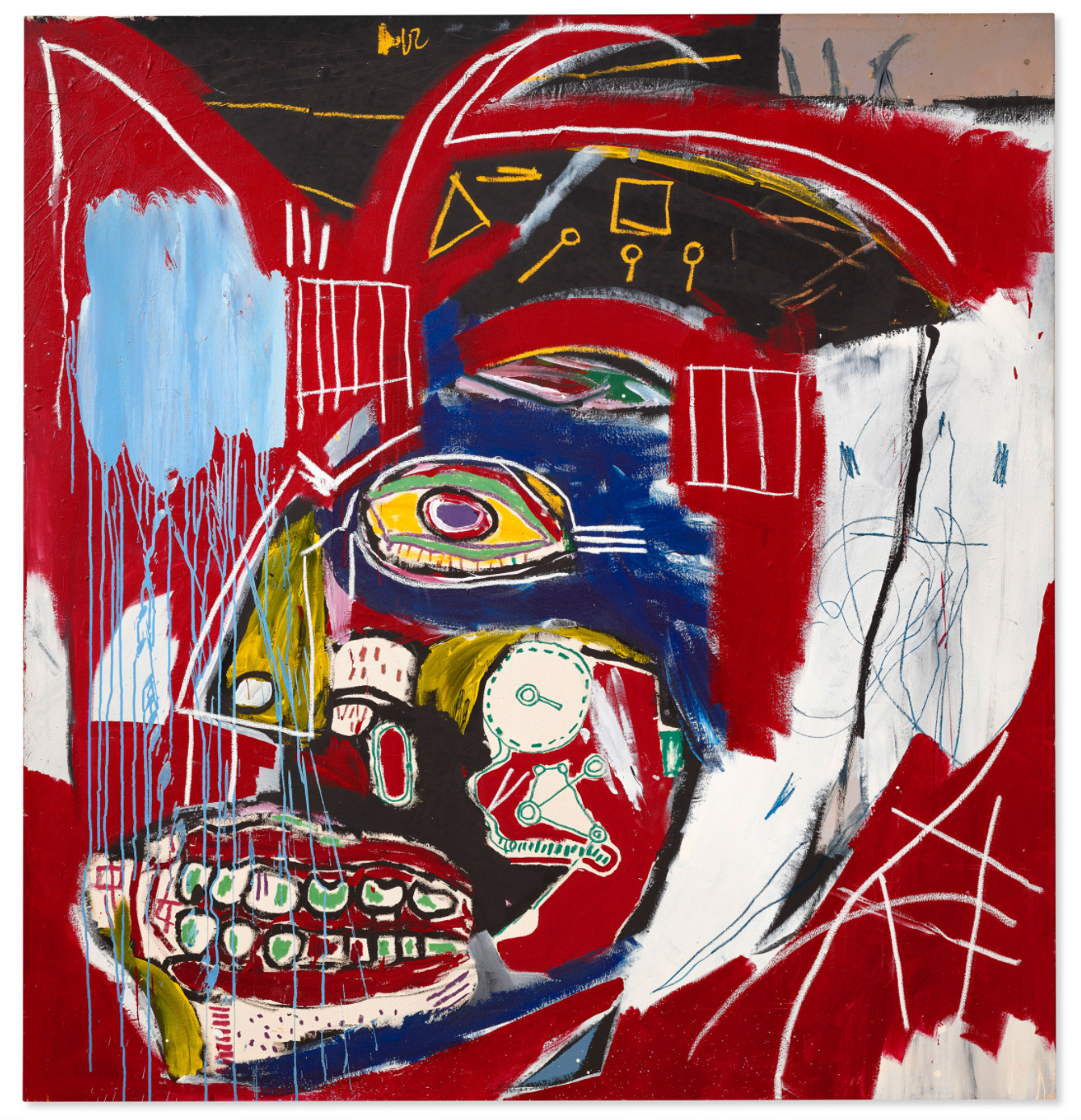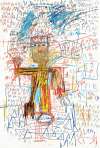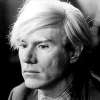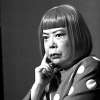Jean-Michel
Basquiat
Jean-Michel Basquiat’s brief but meteoric career fused Ancient Egyptian influences with contemporary African-American experiences, expressed through his frenetic, pictogram-filled style. Explore his market trends and collector demand in our Collector's Guide to the Print Market in 2025. If you’re looking for original Basquiat prints and editions for sale or considering selling, request a complimentary valuation and browse our network’s most in-demand works.
Jean-Michel Basquiat art for sale
Discover Jean-Michel Basquiat prints for sale, exclusively available through our private network of collectors. Explore signed and unsigned screenprints, lithographs, digital prints, and rare editioned proof prints by era-defining blue chip artists.
Sell Your Art
with Us
with Us
Join Our Network of Collectors. Buy, Sell and Track Demand
Biography
Jean-Michel Basquiat’s art is explosive - defined by a visual style that combines childlike imagery with issues of race, culture and celebrity. Though his career was short, Basquiat’s painterly style, exploration of race and culture, and standout childlike iconography has secured his status as one of the most successful street artists and African American painters of the 20th Century.
Born in 1960 to Haitian and Puerto Rican parents, Basquiat was raised in the Boerum Hill area of Brooklyn and showed promise in his artistic talent from an early age. His mother encouraged him to draw and paint, and together they visited many museum exhibitions in New York. At the age of six, the young Basquiat was even enrolled as a Junior Member of the Brooklyn Museum.
Until the age of 15, when he decided to run away from home for the first time, Basquiat attended school sporadically and eventually left his father’s home at age 17 to be adopted by family friends.
All of Basquiat’s art - and success - was marked by his interest in graffiti. Still in high school, Basquiat began creating graffiti projects with his high school friend Al Diaz under the name SAMO. Throughout the late 1970s the pair painted cryptic epigrams across Manhattan’s Lower East side, phrases such 'As if the oppressor was never a child As if heroin was never a flower.'
Despite the artist’s later reflection that SAMO was 'just teenage stuff,' a 1978 article on the duo in the Village Voice and the Soho Times saw SAMO thrust into the spotlight. This allowed Basquiat to enter the circles of avant-garde artists and celebrities such as Andy Warhol and Keith Haring, both of whom expressed a real interest in the quippy, yet critical tone of SAMO and Basquiat’s solo work.
In 1981, Mudd Club co-founder Diego Cortez hung Basquiat’s work in the 'New York/New Wave' show at MOMA, which propelled the artist to fame despite being known at the time largely for his street art. From that moment, Basquiat's career sky-rocketed. Following the attention he gained from publications related to this show, Basquiat sold ten paintings to Italian art dealer Emilio Mazzoli that same year. He also sold his first painting Cadillac Moon (1981) to Blondie singer Debbie Harry for $200 and also starred in the video for their song 'Rapture'. In 1982 he became the youngest artist ever (aged only 21) to take part in Documenta in Kassel, Germany, and in 1983 he was the youngest artist to exhibit in the Whitney Biennial exhibition of Contemporary Art at 22. Despite his premature death at 27, Basquiat's work changed forever the course of art history.

